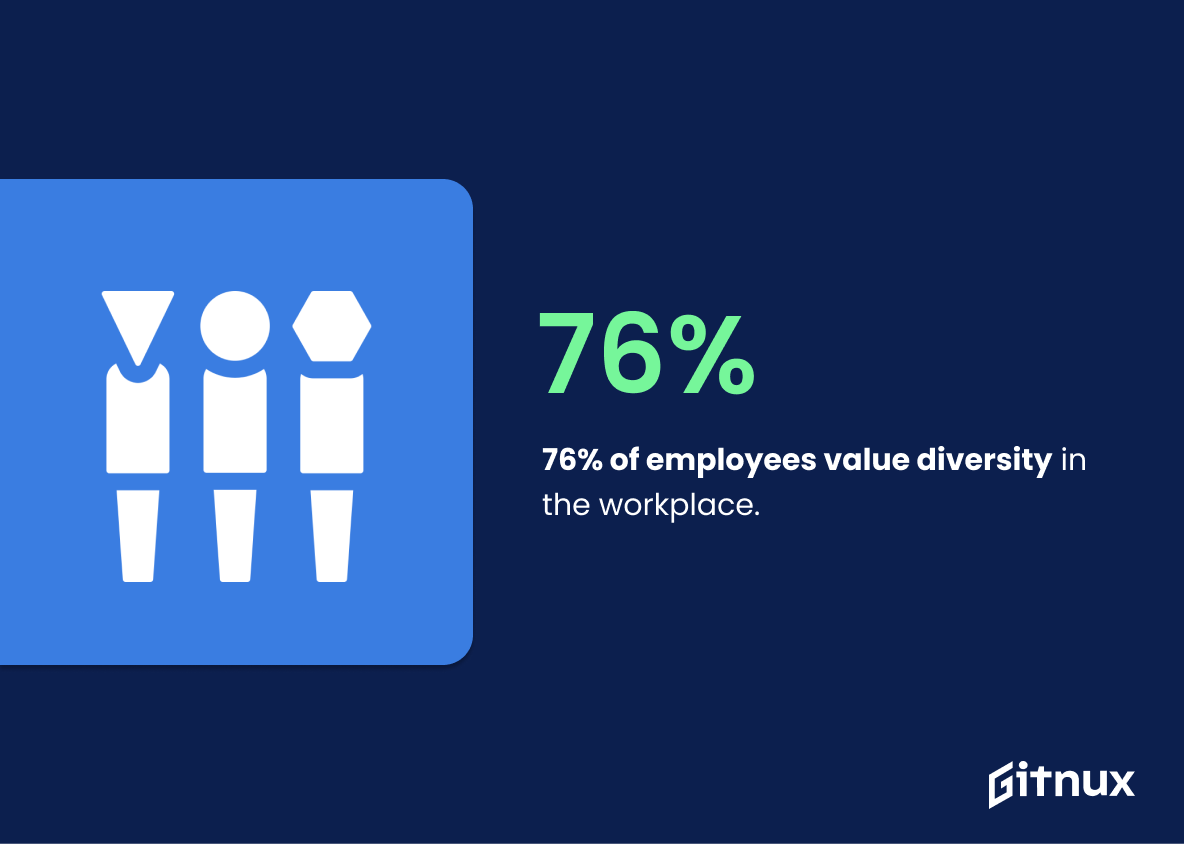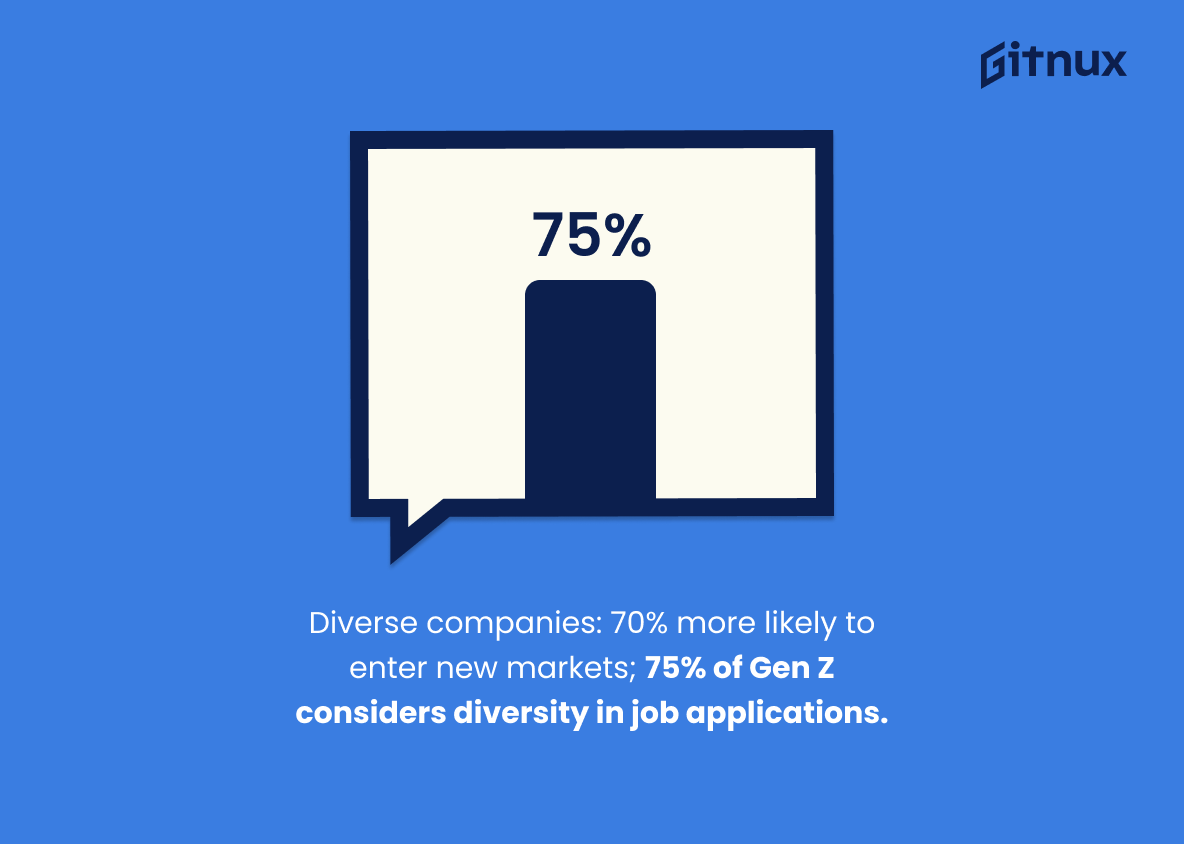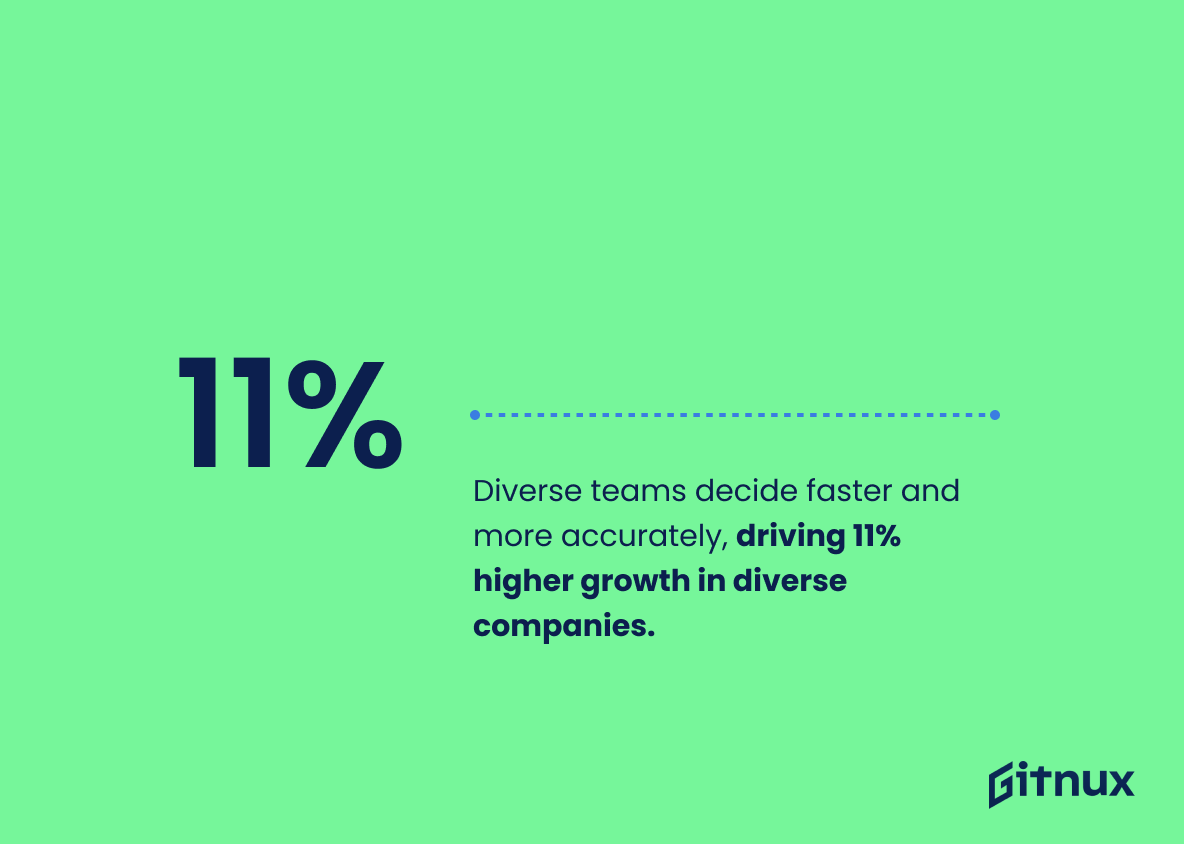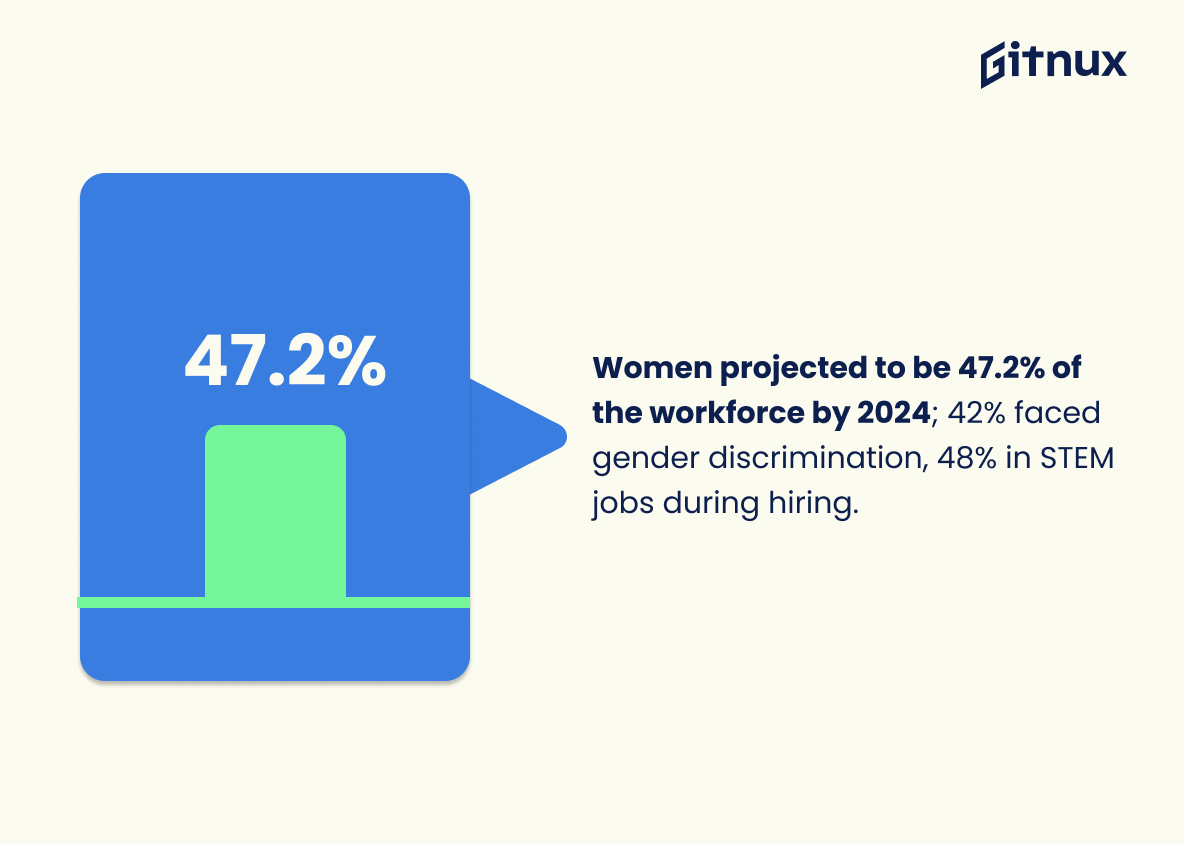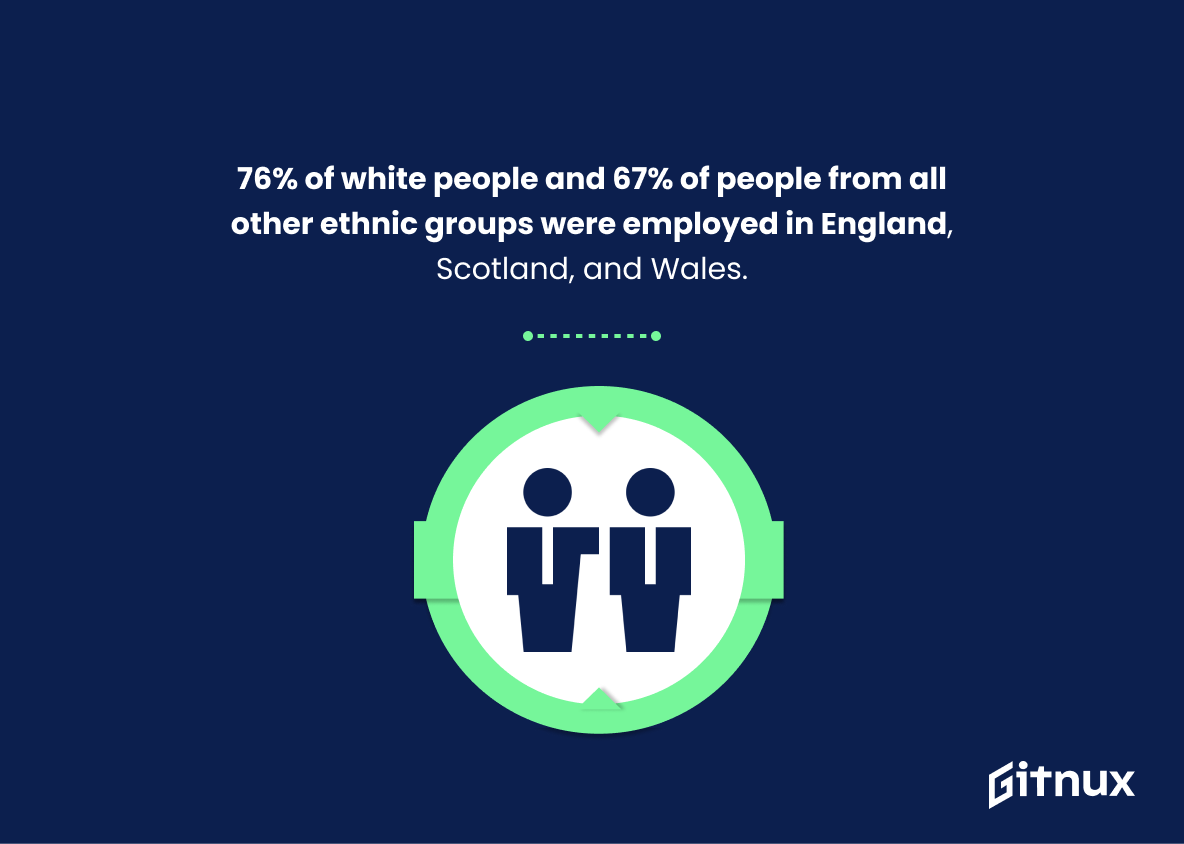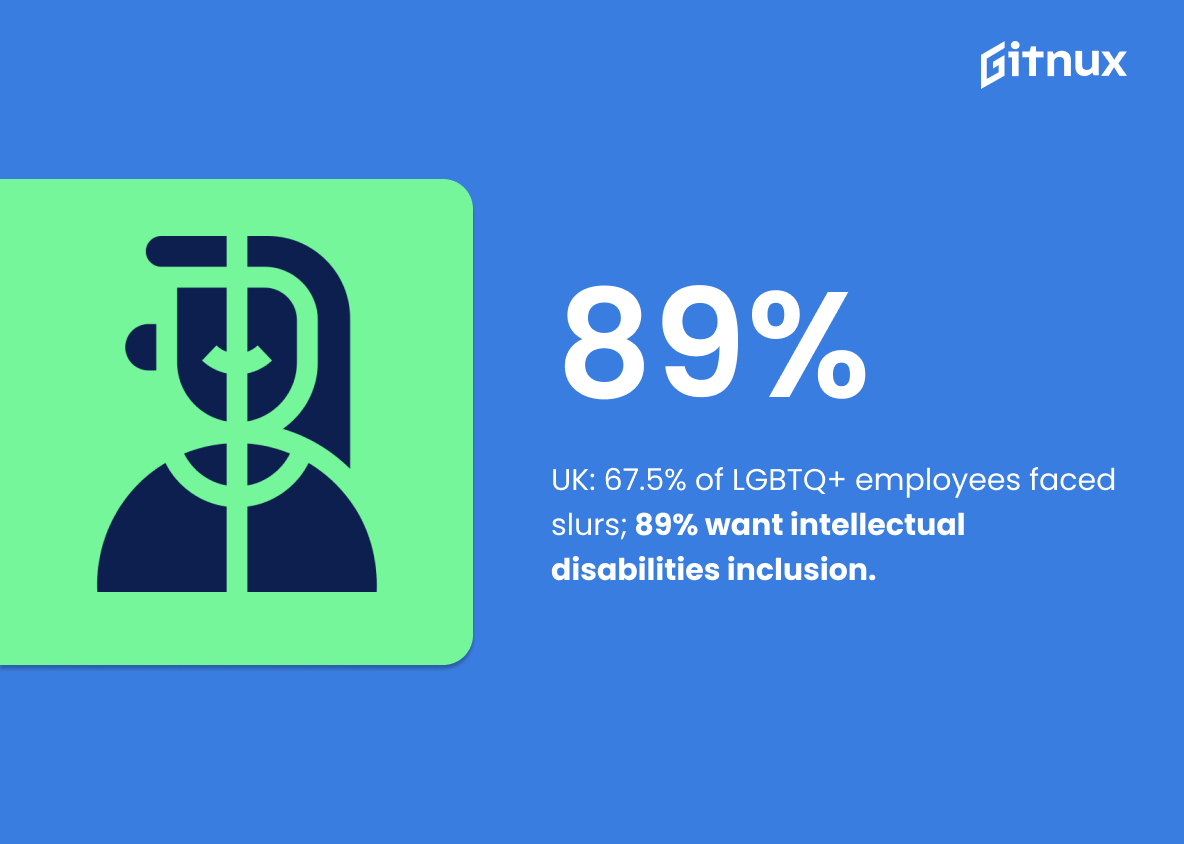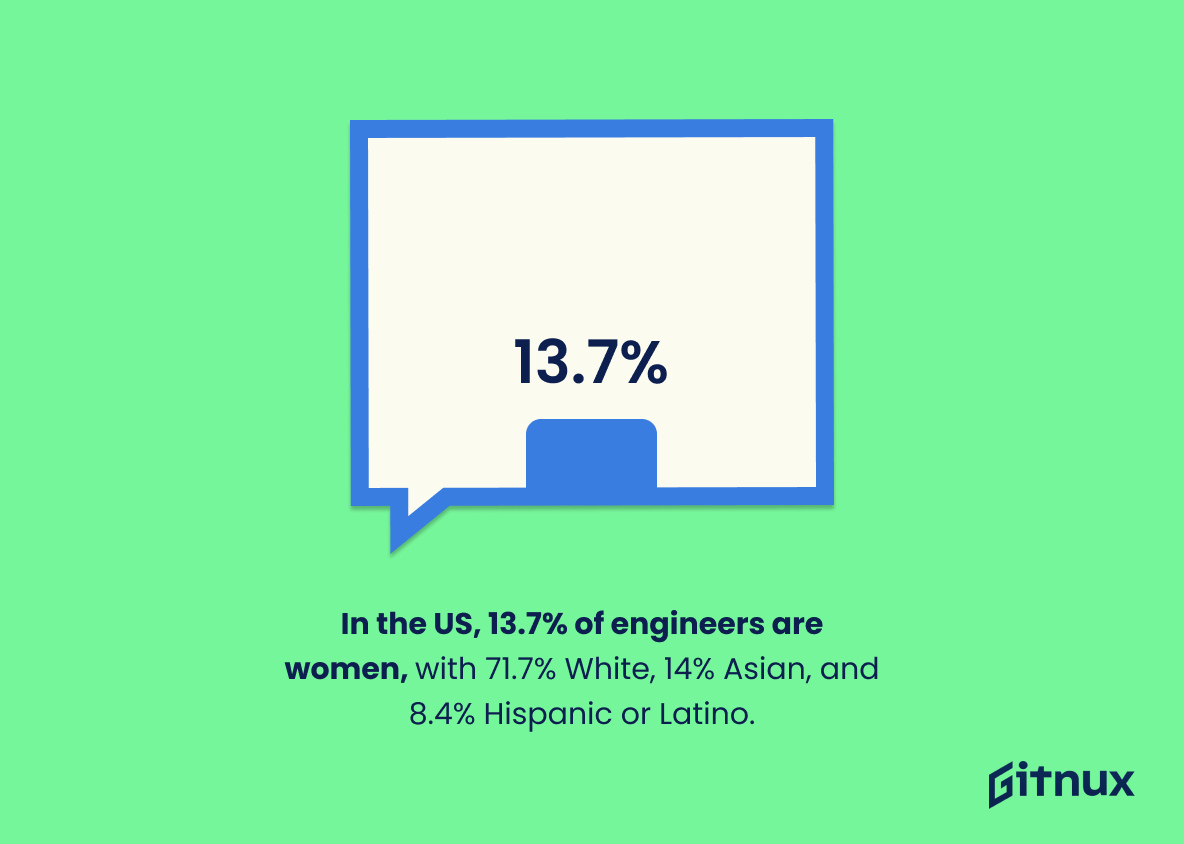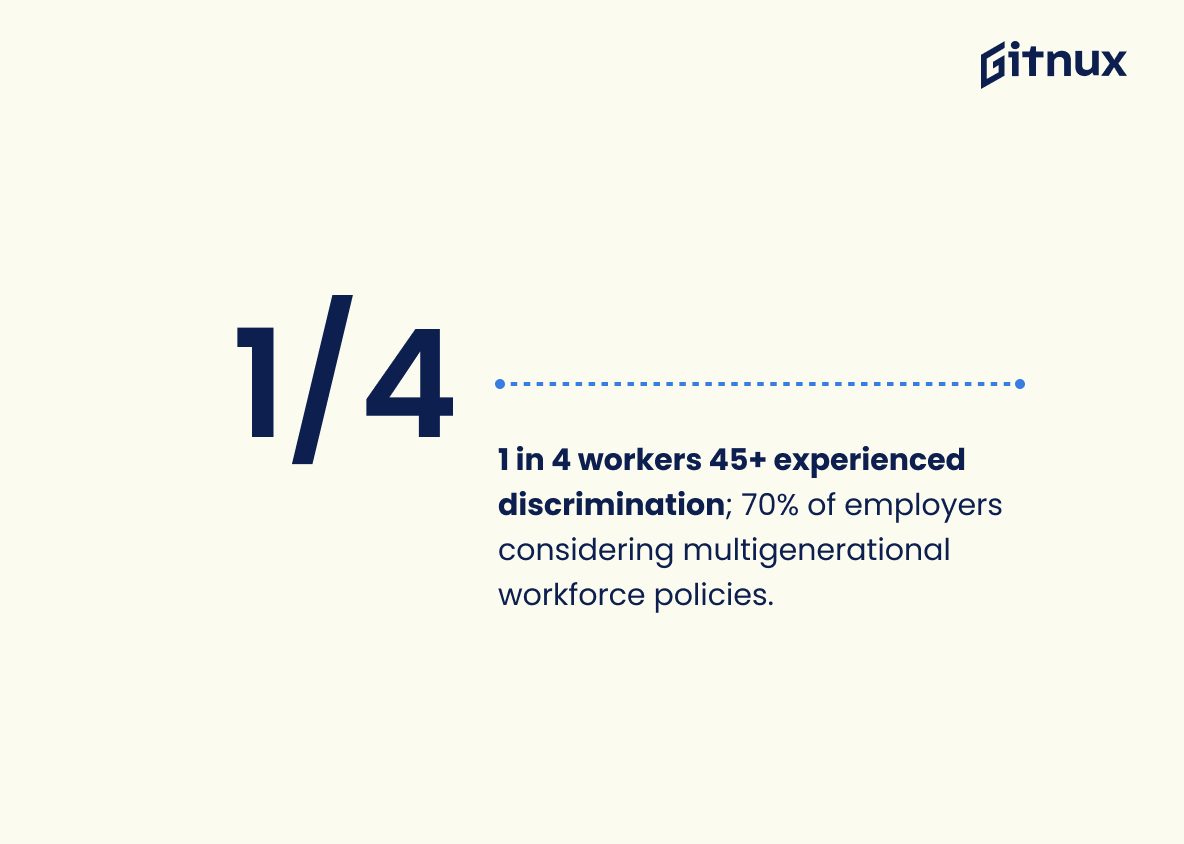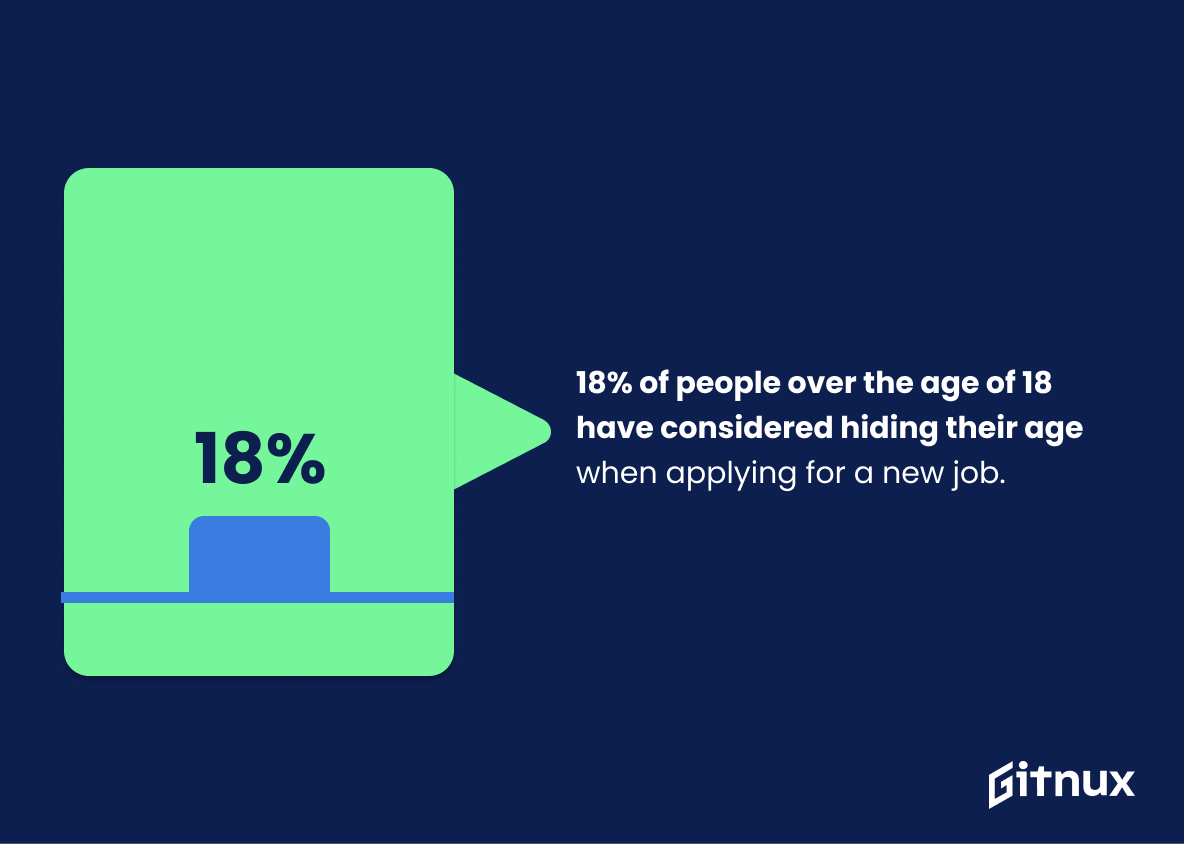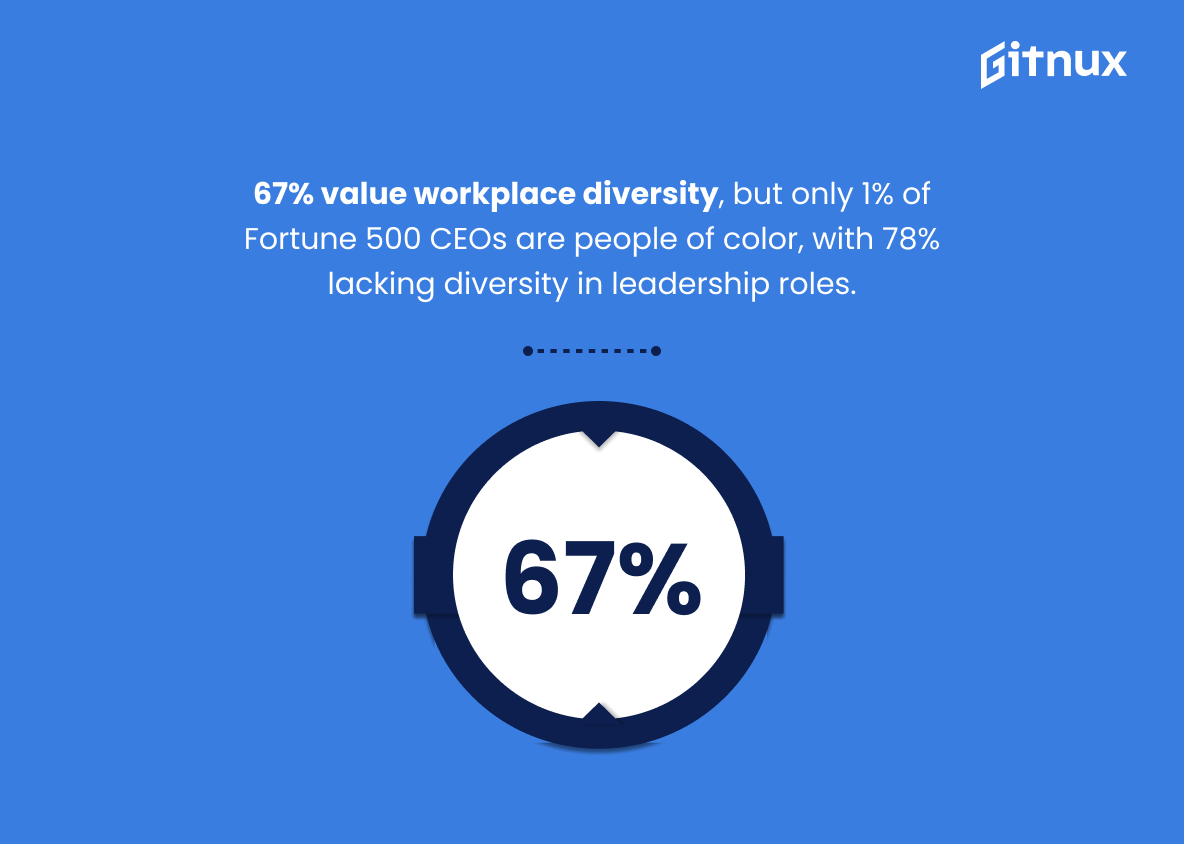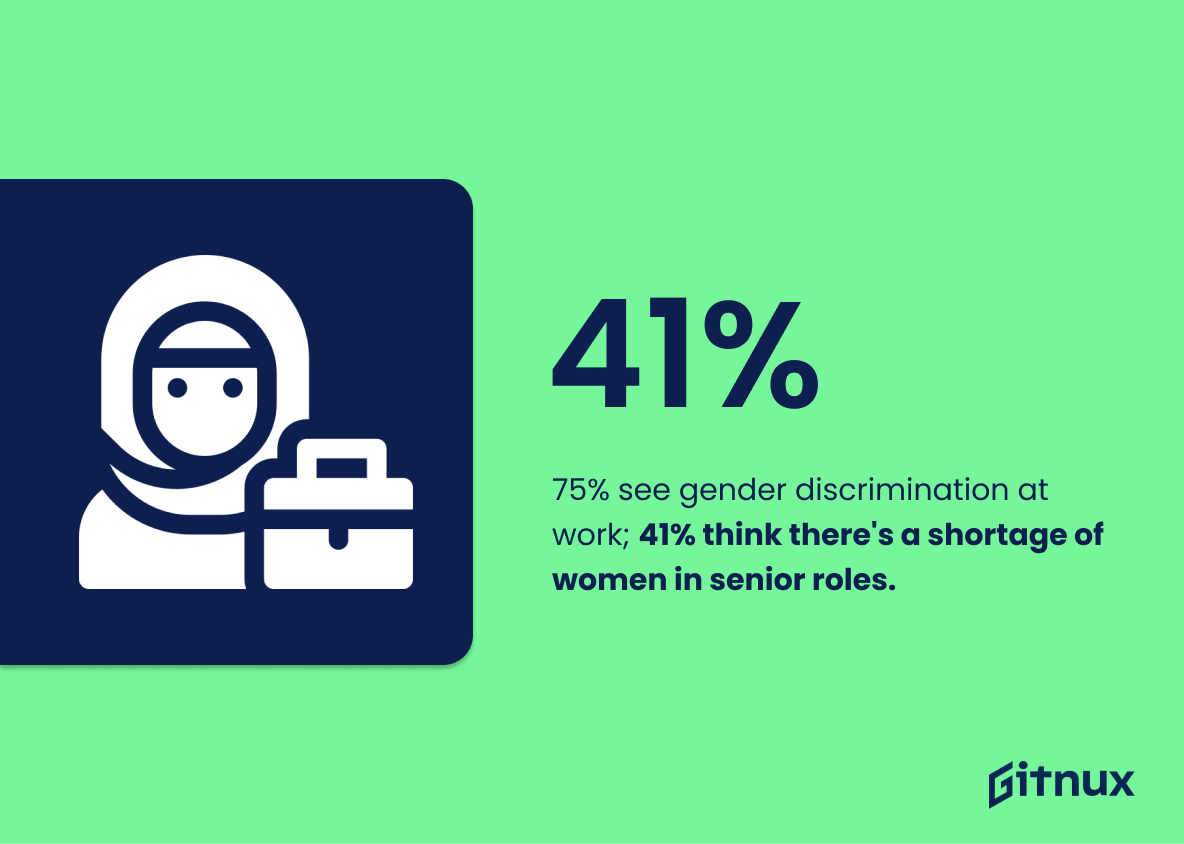Diversity in the workplace is an increasingly important topic in today’s business world. As companies strive to create a more inclusive and equitable work environment, they must understand the importance of diversity and the impact it can have on their business.
In this blog post, we will explore the latest diversity in the workplace statistics and discuss how these numbers can help companies create a more diverse and inclusive workplace.
Diversity In The Workplace: The Most Important Statistics
Diverse teams make decisions faster and more accurately than non-diverse teams, leading to 11% higher growth for more diverse companies.
13.7% of engineers in the United States are women, while 71.7% are White, 14% are Asian, and 8.4% are Hispanic or Latino.
Diversity In The Workplace: Statistics Overview
76% of employees value diversity in the workplace.
This statistic is important because it shows that employees recognize the value of having a diverse workplace. This is an indicative of a shift in the workplace towards embracing diversity and inclusion, which can lead to increased profits and better representation of underrepresented groups in leadership positions.
Companies with a diverse workforce are 70% more likely to enter and capture new markets, and 75% of Gen Z would reconsider applying to a company if they weren’t satisfied with its diversity and inclusion efforts.
This statistic is important because it shows the value of having a diverse workforce. Not only does it increase the likelihood of success in new markets, but it also shows that younger generations are increasingly looking for companies that prioritize diversity and inclusion. This highlights the importance of having a diverse workforce in order to attract and retain top talent.
Diverse teams make decisions faster and more accurately than non-diverse teams, leading to 11% higher growth for more diverse companies.
This statistic demonstrates the importance of diversity in the workplace, as it can lead to faster decision-making and higher growth. Diversity can also lead to a larger talent pool, better understanding of customers, and improved employee retention and reputation.
Women are expected to make up 47.2% of the workplace by 2024, yet 42% of women in the US have faced gender discrimination in the workplace and 48% of women in STEM jobs report discrimination in the hiring process.
This statistic highlight the need for increased diversity initiatives to ensure that women are given equal opportunities and are not discriminated against in the workplace.
76% of white people and 67% of people from all other ethnic groups were employed in England, Scotland, and Wales.
This statistic shows that there is a disparity between the employment rates of white people and people from other ethnic groups.
In the UK, 67.5% of LGBTQ+ employees reported hearing negative slurs, jokes or comments, and 89% of employees would like their organization to include individuals with intellectual disabilities in their diversity and inclusion.
These statistics demonstrate the lack of diversity in the workplace, particularly for women and ethnic minorities, and the prevalence of negative attitudes towards LGBTQ+ people. This matters because it highlights the need for organizations to prioritize diversity and inclusion in order to create a more equitable and inclusive workplace.
13.7% of engineers in the United States are women, while 71.7% are White, 14% are Asian, and 8.4% are Hispanic or Latino.
This statistic is important to consider, as it shows that there is still an imbalance in the representation of certain genders and ethnicities in engineering. This imbalance can lead to a lack of diversity in the workplace, which can have a negative effect on innovation and creativity.
Approximately 1 in 4 workers aged 45 and older have experienced discrimination, and 70% of employers are likely to implement or explore multigenerational workforce policies.
This statistic shows that employers are taking steps to create a more diverse and inclusive workplace. By implementing or exploring multigenerational workforce policies, employers are creating an environment that is more welcoming to people of all ages and backgrounds. This can help to increase productivity, as well as create a more positive work environment.
18% of people over the age of 18 have considered hiding their age when applying for a new job.
This statistic shows that age discrimination is still a major issue in the workplace. This can lead to a lack of diversity in the workplace and can have a negative impact on productivity, labor shortages, and a company’s social capital and brand reputation.
67% of jobseekers value diversity in the workplace, yet only 1% of Fortune 500 companies have CEOs of color and 78% of employees see no diversity in leadership positions, indicating a lack of diversity in the workplace.
This statistic demonstrates the importance of diversity in the workplace and highlights the lack of diversity in leadership positions. It also shows that employees want to be part of diverse organizations and that there is a need for more diversity in the workplace.
75% of professionals believe gender discrimination still exists in the workplace, and 41% believe there aren’t enough women in senior roles in their organization.
This statistic is important because it shows that despite employers making efforts to give women equal opportunities in the workplace, there is still a significant amount of gender discrimination that exists. This highlights the need for employers to continue to make efforts to ensure that women are given equal opportunities in the workplace and that they are represented in senior roles.
Conclusion
In conclusion, workplace diversity is an important factor in creating a successful and productive workplace. It is essential to have a workplace that is inclusive and welcoming to all employees, regardless of their race, gender, age, or other characteristics.
The statistics show that diversity in the workplace can lead to increased productivity, creativity, and innovation. Companies should strive to create a workplace that is diverse and inclusive, and that celebrates the unique perspectives and experiences of all employees.
References
1 – https://whattobecome.com/blog/diversity-in-the-workplace-statistics/
2 – https://insightglobal.com/blog/diversity-in-the-workplace-statistics/
3 – https://mydisabilityjobs.com/tips-for-employers/benefits-of-diversity-and-inclusion-in-the-workplace/
4 – https://www.hive.hr/blog/benefits-of-diversity-in-the-workplace/
5 – https://www.mckinsey.com/featured-insights/diversity-and-inclusion/women-in-the-workplace
6 – https://www.adaface.com/blog/diversity-in-the-workplace-statistics/
7 – https://www.ethnicity-facts-figures.service.gov.uk/work-pay-and-benefits/employment/employment/latest
8 – https://www.drutherssearch.com/diversity-inclusion-workplace-statistics-in-2022/#:~:text=Diversity%20and%20Inclusion%3A%20Ethnicity,salaries%20that%20are%20%241%2C500%20less.
9 – https://www.zippia.com/engineer-jobs/demographics/
10 – https://www.thomasnet.com/insights/stem-diversity-by-the-numbers/
11 –
https://vervoe.com/age-diversity/
12 – https://www.fluxtrends.com/age-in-the-workplace-the-next-frontier-of-diversity-and-inclusion/
13 – https://builtin.com/diversity-inclusion/diversity-in-the-workplace-statistics
14 – https://blog.bonus.ly/diversity-inclusion-statistics
15 – https://www.drutherssearch.com/diversity-inclusion-workplace-statistics-in-2022/#:~:text=Diversity%20and%20Inclusion%3A%20Ethnicity,salaries%20that%20are%20%241%2C500%20less.
16 – https://www.ethnicity-facts-figures.service.gov.uk/work-pay-and-benefits/employment/employment/latest
17 – https://www.zippia.com/advice/lgbt-workplace-discrimination-statistics/
18 – https://mydisabilityjobs.com/statistics/diversity-in-the-workplace/
19 – https://whattobecome.com/blog/diversity-in-the-workplace-statistics/#:~:text=Workplace%20Diversity%20Statistics%20(Editor’s%20Pick,have%20higher%20profits%20and%20productivity.
20 – https://www.instride.com/insights/workplace-diversity-and-inclusion-statistics/
21 – https://hr.university/dei/diversity-in-the-workplace-statistics/
22 – https://www.zippia.com/advice/diversity-in-the-workplace-statistics/
23 – https://www.statista.com/statistics/1069483/opinion-on-having-colleagues-with-different-backgrounds-in-italy/
24 – https://www.sijm.it/wp-content/uploads/2021/12/11mazzei-et-al.-n.-116.pdf
25 – https://teamstage.io/diversity-in-the-workplace-statistics/#:~:text=Diversity%20in%20the%20workplace%20is,to%20people%20of%20all%20backgrounds.
26 – https://www.exudeinc.com/blog/workplace-diversity-statistics/
27 – https://teamstage.io/diversity-in-the-workplace-statistics/#:~:text=Diversity%20in%20the%20workplace%20is,to%20people%20of%20all%20backgrounds.
28 – https://www.getimpactly.com/post/benefits-of-diversity-in-the-workplace
29 – https://www.changeboard.com/article-details/14502/the-challenges-of-gender-diversity-in-the-modern-workplace/
30 – https://www.mckinsey.com/featured-insights/diversity-and-inclusion/women-in-the-workplace
31 – https://www.statista.com/statistics/1043382/new-zealand-importance-diversity-issues-large-organizations-by-issue/
32 – https://www.beyondrecruitment.co.nz/blog/2020/03/leadership-diversity-in-new-zealand-where-do-we-stand?source=google.com
ZipDo, cited June 2023: Diversity In The Workplace Statistics
